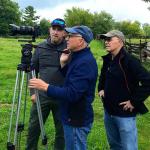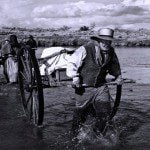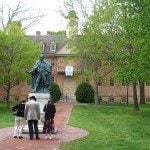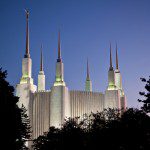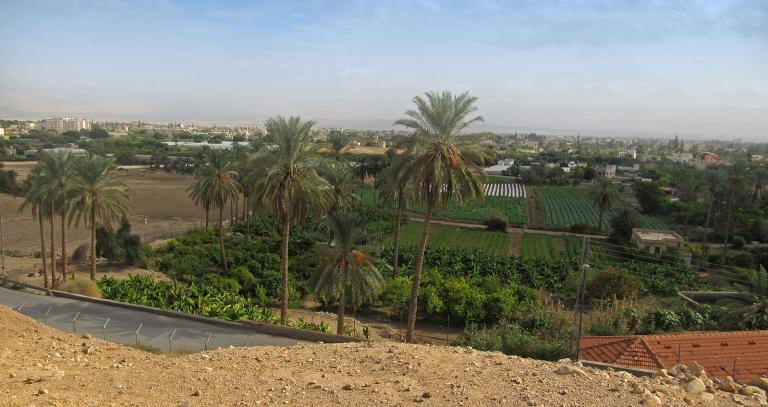
Newly posted on the website of the Interpreter Foundation: The Temple: Plates, Patterns, & Patriarchs: ““That I May Lift Up My Eyes”: Bartimaeus as a Temple Petitioner before the Veil,” written by Spencer Kraus
Part of our book chapter reprint series, this article originally appeared in The Temple: Plates, Patterns, & Patriarchs, edited by Stephen D. Ricks and Jeffrey M. Bradshaw. For more information, go to https://interpreterfoundation.org/books/the-temple-plates-patterns-patriarchs/. For video and audio recording of this conference talk, go to https://interpreterfoundation.org/conferences/2022-temple-on-mount-zion-conference/videos/kraus/.
“Various opinions have been offered over the years regarding the last miracle in Mark’s Gospel. As Jesus is leaving Jericho for His final moments in Jerusalem, a large crowd follows Him. They pass by a blind beggar who, upon learning that it is the Lord, calls out, “Jesus, Son of David, have mercy on me!” (Mark 10:47). The crowd attempts to silence him, but Bartimaeus calls louder. Having obtained the attention of Jesus, he is able to approach the Lord and requests to see again. Jesus heals him, and Bartimaeus follows Christ “on the way” (Mark 10:52).”

Elder Gary E. Stevenson of the Quorum of the Twelve has been down in Uruguay recently, and I was struck by his Facebook comment about the popularity of the song “Gethsemane” down there. And then I saw this article, with its accompanying video: “Elder Stevenson Finds Unity in Uruguay: The Apostle’s ministry in South America begins in Montevideo with interfaith, government and humanitarian outreach”
I first met Elder Stevenson well before his call to full-time Church service. He was a donor to the old Maxwell Institute at Brigham Young University, and he once took me on a tour of his company headquarters and factory up in Logan, Utah.
I recall when he was called, after that, to preside over the mission in Nagoya, Japan. (As a young man, he had served in the Japan Fukuoka Mission.) It was quite a year. It almost seemed, for a while, that the Brethren were issuing their calls with the help of a list of our principal donors. And then, when one of my sons was called to that very mission in Japan, I remember telling him — only half in jest — that I knew his mission president and that, accordingly, he mustn’t let the team down.
He evidently didn’t. Whenever I run into Elder Stevenson — and I don’t want to leave the wrong impression; it’s not that often — he always inquires about Peterson Chōrō (長老).
My son was deeply impressed with President Stevenson, who was the first of his two mission presidents. In one of his letters, he predicted that his president would someday be an apostle. Of course, I knew (and I’m happy) that many missionaries come to admire their mission presidents deeply, and I must have responded a bit noncommittally or even (though I hope not) a tad dismissively. Not every mission president will become an apostle. My son wrote back, though, insistent. “No,” he said. “You watch. I’m serious. He’ll be an apostle.”
So, one day in March 2008, I was in the underground reception area of the Church Administration Building in Salt Lake City, waiting for a meeting of the Church’s Middle East advisory committee on which I served, and I found myself sitting and chatting with Brother and Sister Stevenson. I knew that he had already been a mission president and that April General Conference was just around the corner. Elder M. Russell Ballard came out into the room and invited them back with him. We said goodbye. I called my son after my own meeting had concluded and said, “Watch Conference this weekend. Your mission president is toast.”
Sure enough, Elder Stevenson was called to the First Quorum of the Seventy at the April 2008 General Conference. During his tenure in that quorum, he served first as a counselor to the president and then himself as president of the Church’s Asia North Area, based in Tokyo. In 2012, he was released from the First Quorum of the Seventy and sustained as the Presiding Bishop of the Church. And, in October 2015, he was released as Presiding Bishop, ordained an apostle, and took his place in the Quorum of the Twelve, just as my son had foreseen.
Elder Stevenson has been in full-time Church service since his call as a mission president in 2004, with the possibility of a break of a few months between his return from his mission presidency in mid-2007 and his call to the Seventy in spring 2008.
He is also, very likely, the wealthiest apostle in the history of the Church of Jesus Christ of Latter-day Saints. His business has been extraordinarily successful; his net worth has been estimated at roughly a billion dollars. (Perhaps it’s slightly less; perhaps it’s substantially more.) What arrangements he has made for the management and deployment of his wealth I do not know. But I do know what he’s not doing.
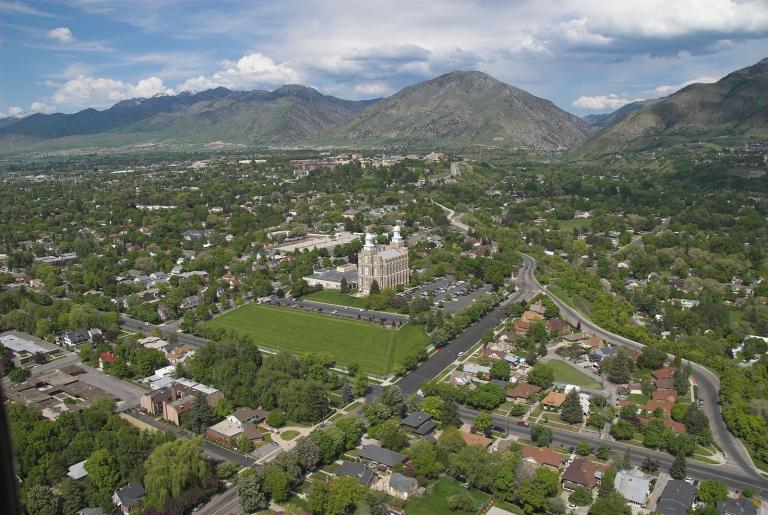
(Wikimedia Commons public domain image)
He’s about to turn seventy years old. He could easily have retired, long since, to a life of great luxury. Is he just sitting around, watching his riches multiply? He could be looking forward, right now, to weeks of relaxing on tropical beaches, sailing on a private personal yacht, or enjoying alpine retreats. What is he doing instead? He attends scores and scores of meetings each year, across North America, in South America, in Europe and Asia and Africa and Australia. As an apostle, he has, thus far, dedicated temples in Rio de Janeiro, Brazil; Helena, Montana; and Okinawa, Japan; and he’s scheduled to dedicate the new temples in Antofagasta, Chile (15 June 2025), and Elko, Nevada (12 October 2025). I’ve been around members of the Twelve long enough, and in enough meetings with them, to know that their days — their weekdays and their weekends — are crammed full of meetings and important decisions even when they’re at Church headquarters in Salt Lake City and not on the road.
I sometimes half-seriously lament how busy I am even (or perhaps especially) in retirement. People ask me how I like retirement, and I typically answer that I would like to try it. But members of the Twelve have no retirement. There are effectively only three paths out of the Quorum: death, a call to the First Presidency, or, in unpleasant cases that have (fortunately) been extremely rare, excommunication.
I realize full well that some critics of the Church allege that the General Authorities of the Church get off on the power and status and perks of their callings. (Some extreme critics even suggest that the Brethren don’t really believe anything at all.) That may, of course, say much more about those critics than about their targets. My late friend Elder Bruce D. Porter, of the Seventy, once remarked to me that 99.9% of the glory and glamor of his position came during two weekends each year, one in the spring and one in the fall.
I can say this, though: I know from personal experience that, with age, ambitions for power and status and perks, perhaps never very strong in the first place, tend to fade a bit. One begins to yearn for peace, for sitting outside with a book, for being left alone, for spending some time (though maybe not too much!) with grandchildren. And I imagine that such ambitions fade even more as one approaches one’s eighties or advances into one’s nineties. (To say nothing of someone who is well into his hundred and first year.) I also know from personal experience, as much as anybody can know such things about another person, that the Brethren with whom I’ve interacted are faithful, dedicated, consecrated believers. They aren’t pretending for public consumption.
Anyway, I’ve been thinking about Elder Stevenson today. My son was right. He is, today, a true, living apostle of the Lord Jesus Christ.


